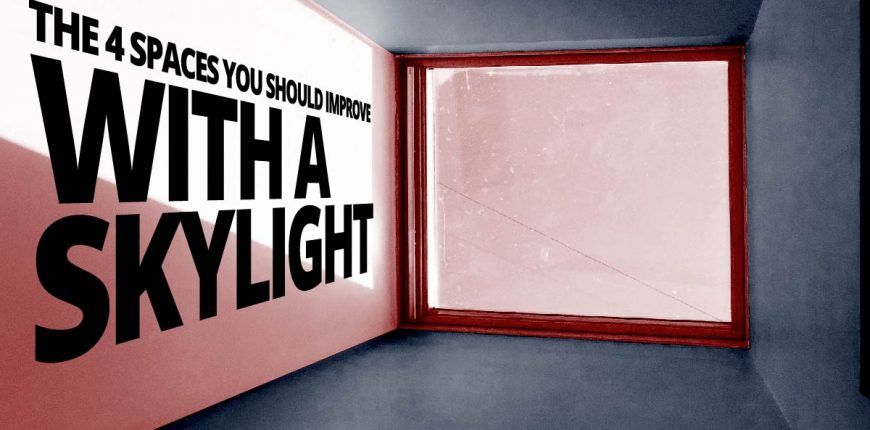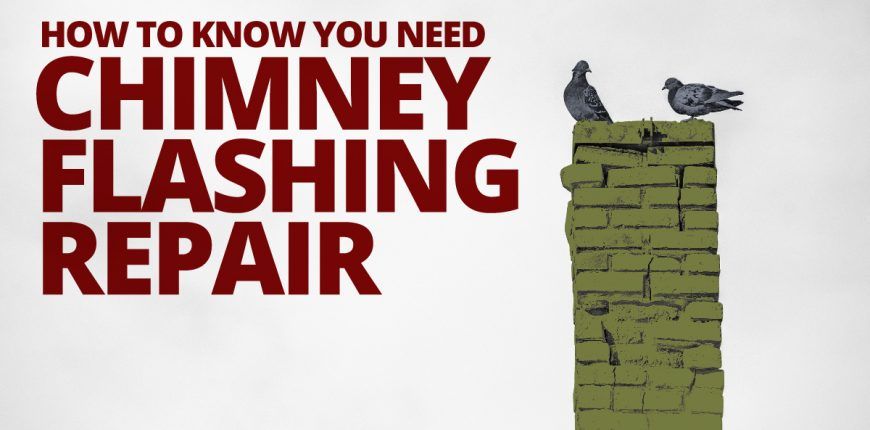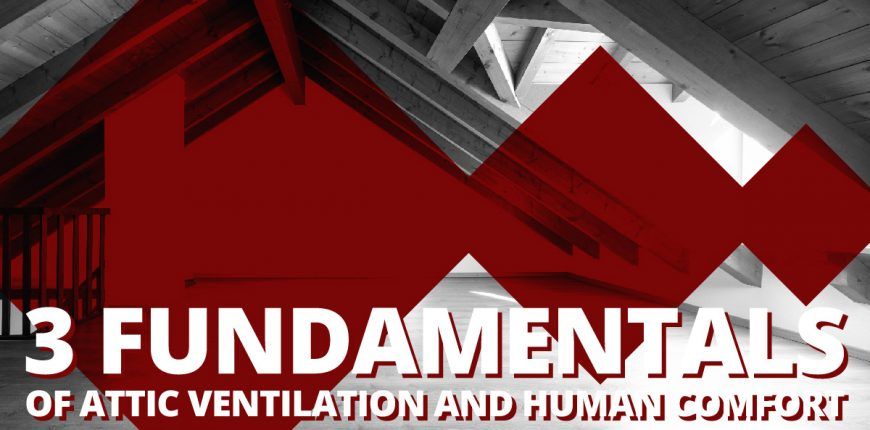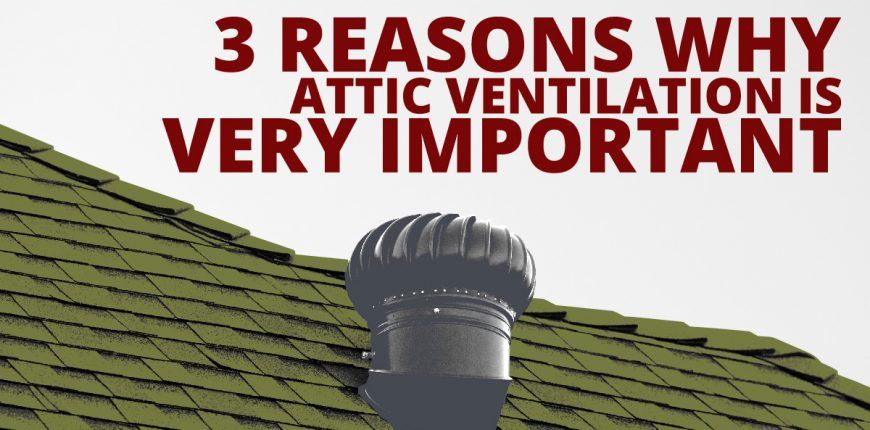Hiring a roofing contractor can be a challenging and daunting task. Don’t feel alone, many homeowners share this anxiety over choosing a roofer. The problem is most homeowners don’t really understand how roofing systems really work. Unless you’ve taken the time to educate yourself about roofing products and installation methods you probably don’t know the right questions to ask and can’t tell if a roofing contractor is pulling the wool over your eyes.
Beginning Your Search
In your search for the right roofing contractor, you will find scope and pricing will vary. Figure out what’s most important and set goals. Are you looking for quality and value, is the warranty important, or are you simply looking for the cheapest install and price? Understanding the shingle choices and the accessories of a roofing system prior to interviewing different roofing contractors will help you better reach these goals.
When shopping for a new roof your first step should be to spend some time educating yourself prior to contacting roofing contractors.
- Search the manufacturer’s websites to find products you like. Most roofing manufacturers’ websites provide very detailed descriptions of the products they offer, the anatomy of their roof systems, and warranty options.
- Once you have zeroed in on the roofing material you intend to use it’s a good idea to download and read the manufacturer’s written installation instructions. It’s very important that the roofing company you hire will install all the products exactly according to the manufacturer’s specifications to ensure you end up with a valid warranty.
- Verify your state requires the roofing contractor to be licensed. Some states like New Hampshire and Maine do not require roofing contractors to carry a state license. This can make it tough for homeowners to differentiate legitimate companies from fly-by-nights.
Roofer Certifications
Fortunately for homeowners, most of quality roofing manufacturers have certification programs that can help relieve the stress and guesswork when deciding on the right roofing contractor to hire.
Hiring a roofing contractor that is certified by the manufacturer of the products they install has many benefits. Most manufacturers offer two levels of certification. One is a basic certification with minimum requirements which allows the contractor to register basic standard warranties and the other is premium certification with a stringent set of standards which allows the contractor to register enhanced limited lifetime warranties.
Not any roofer can be certified by the product manufacturer. A thorough investigation is performed to confirm the company has been in business for a certain length of time, they must maintain a great reputation in the community, and are both financially strong and adequately insured. Installers attend training and are required to pass tests on both product knowledge and installation technique. The majority of roofing contractors do not qualify to take part in these programs. In fact, the manufacturers claim only 2-3% of the entire country is eligible.
Lifetime Warranties Myths Debunked
Most quality roofing manufacturers now offer limited lifetime warranties on their roof systems. This can be misleading and often misrepresented by shady sales sharks who are willing to say anything to make a sale. Regardless of what anyone tells you, asphalt roofing systems are not made to last a lifetime. The limited lifetime warranties the manufacturers offer cover the roof system for life against manufacturer’s defects only. Wear and tear or the service life of a roof system is very hard to pinpoint as it is determined by the type of shingle used, the quality of the installation, geographical location, weather conditions and the energy efficiency of the home.
Most manufacturers offer three levels of warranties using a good, better, premium platform.
- The good covers the product against the manufacturer’s defects
- The better and premium offer terms also cover flashings and the contractor’s workmanship.
- All premium warranties are at risk for onsite quality control inspections by the manufacturer. This is a huge benefit for homeowners as it ensures the contractor is not cutting corners and is abiding by the installation specifications at all times. Poor quality work can result in the contractor losing their certification.
Verify The Roofer’s Reputation
Spend some time searching reviews and verifying the contractor’s reputation online. References are good but can be hand-picked by the contractor. The Better Business Bureau and Angie’s List are good places to start. Not every company is perfect and these resources will provide insight into past complaints if any, and more importantly, whether or not the company interacted with the customer to resolve the issue.
Communication is the Key
Communication is crucial, company phone numbers that constantly forward to a voicemail with lengthy response time is a sure sign communication will be an issue if a problem were to arise. A Company that invests in office staff to answer and field calls should be taken more seriously than one which uses a mobile number and forwards it to voicemail. An actual brick-and-mortar location a customer can visit shows stability and the company’s commitment to serving customers.
Understand Your Estimate
Be wary of vague and non-descriptive estimates. Estimates should be very detailed naming the brand and model of each product and how the contractor intends to install it. Just like roofing shingles, there are different grades of roofing accessories. Product and installation can greatly throw off pricing between competing contractors and mixing and matching brands within a roof system can inadvertently nullify your warranty, so look closely when comparing.
The Roofer’s Insurance
Finally, verify the contractor’s insurance coverage is adequate enough with workers’ compensation and liability. With the power of computer editing, it is very easy for someone to manipulate a canceled insurance policy so it’s always best to have a certificate of insurance sent directly from the contractor’s insurance agent made out specifically in your name and job site address.
Choosing the right contractor to install your new roof system is the difference between a positive and negative experience. When you hire a company like J. Carnes & Son Roofing to install your new roof system you have the peace of mind knowing you hired the best of the best. To learn more search us on the web at www.jcarnesroofing.com or visit our residential roofing showroom located at 153 Lafayette Rd, Hampton Falls NH 03844.










